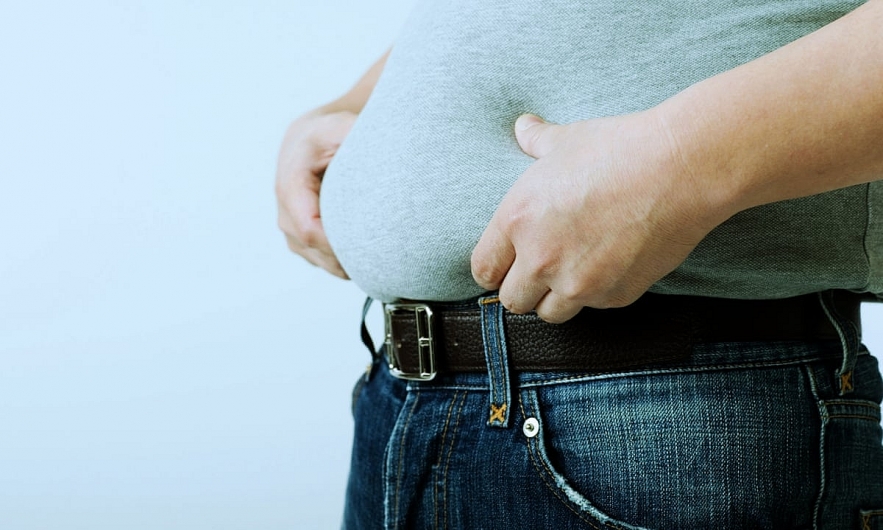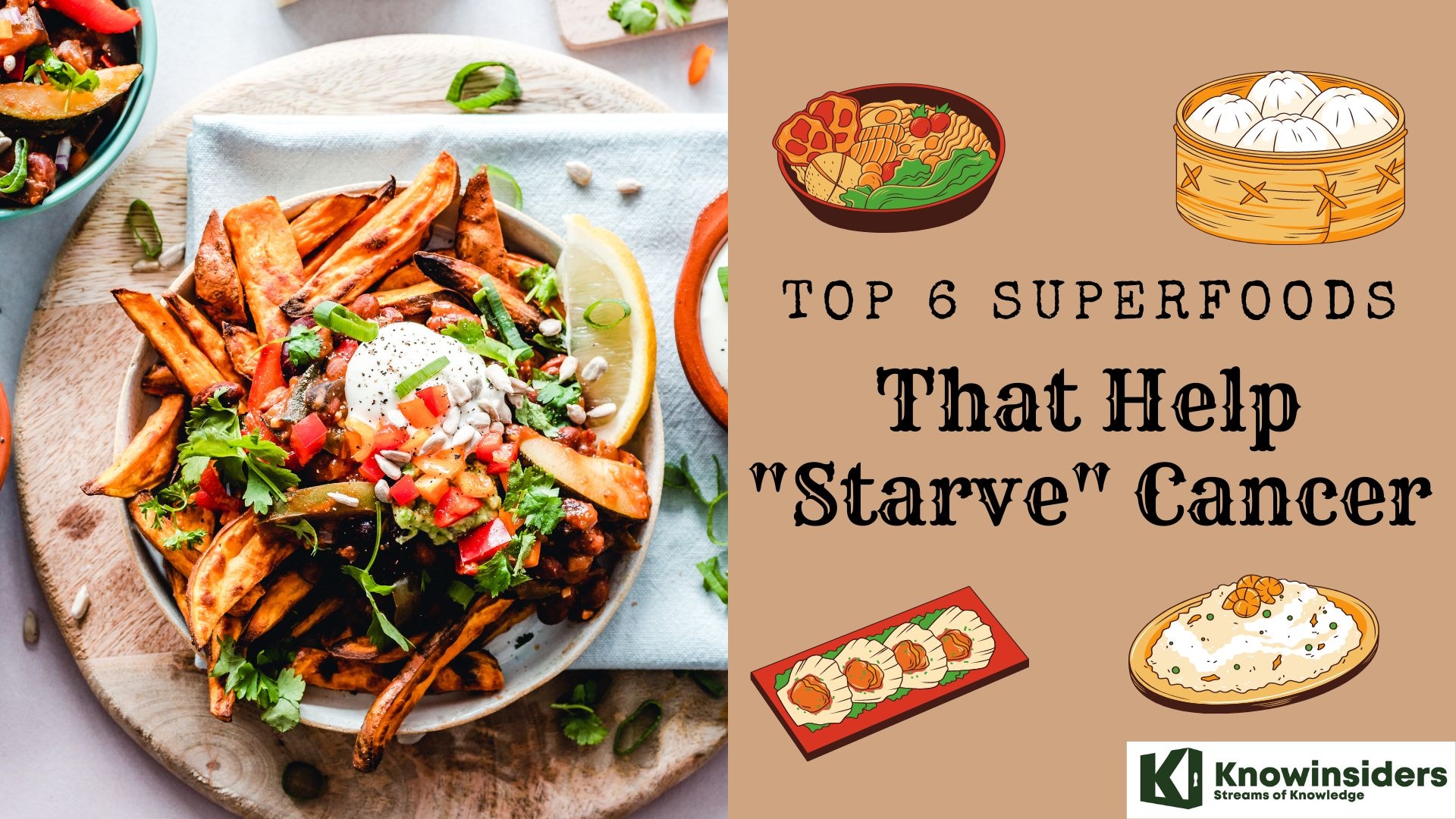How Many Calories In A Pound?
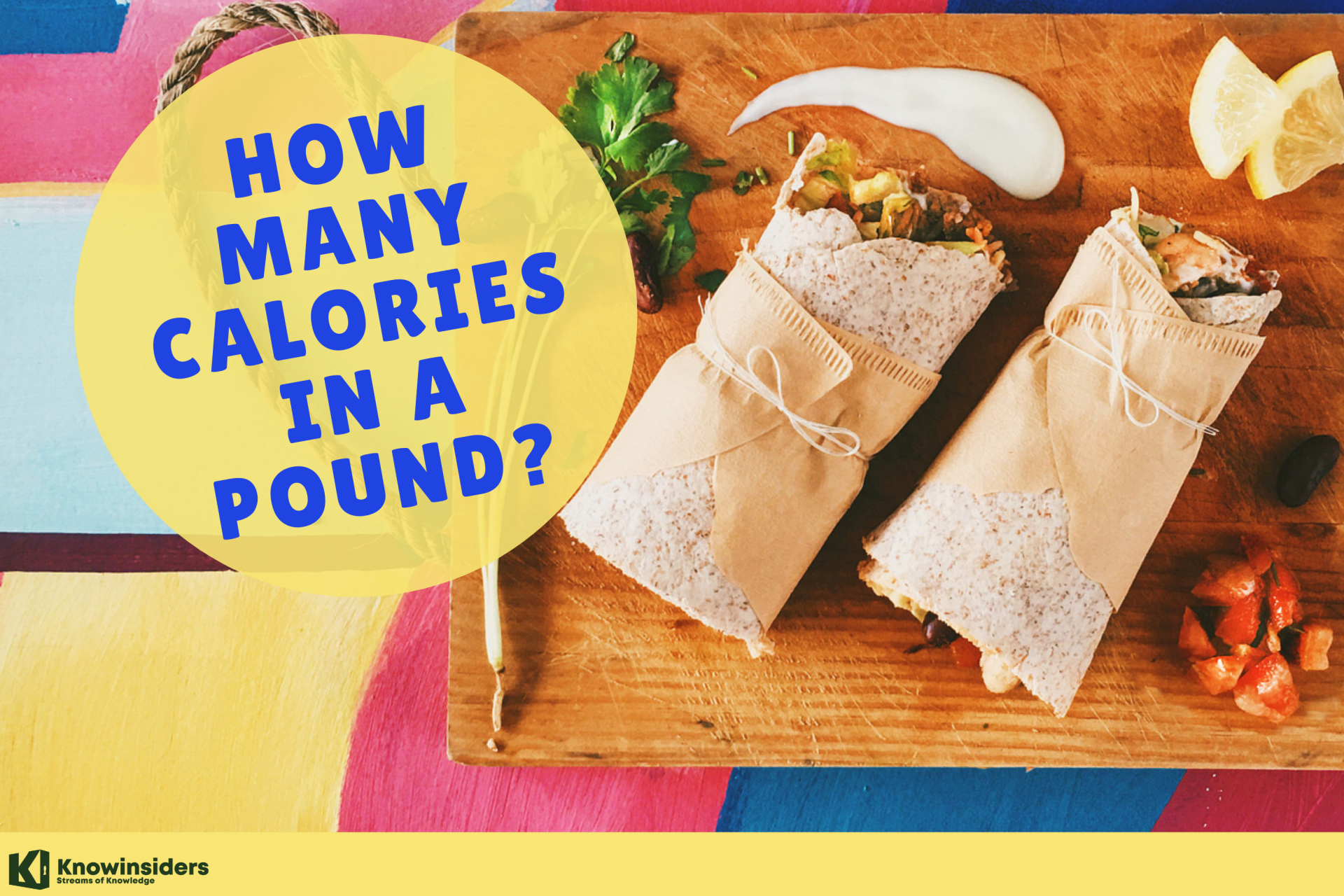 |
| Do you know how many calories are there in one pound? Photo KnowInsiders |
Whether you’re trying to lose weight, gain weight, or have tried to do either of these things in the past, you’ve probably heard of calories. This unit of measurement is present in every food we consume, from pizza and ice cream to chicken, apples, and coffee.
And calories are integral to weight loss: Burn more calories than you take in and you’ll lose weight. “Our bodies need energy to keep us alive and [to keep] our organs functioning normally,” an article on the National Health Service website explains. “[And] when we eat and drink, we put energy into our bodies.”
What is ‘pound’ unit?
A pound is a unit of weight used mainly in Britain, America, and other countries where English is spoken. One pound is equal to around 0.454 kilograms. A pound of something is a quantity of it that weighs one pound.
What are calories?
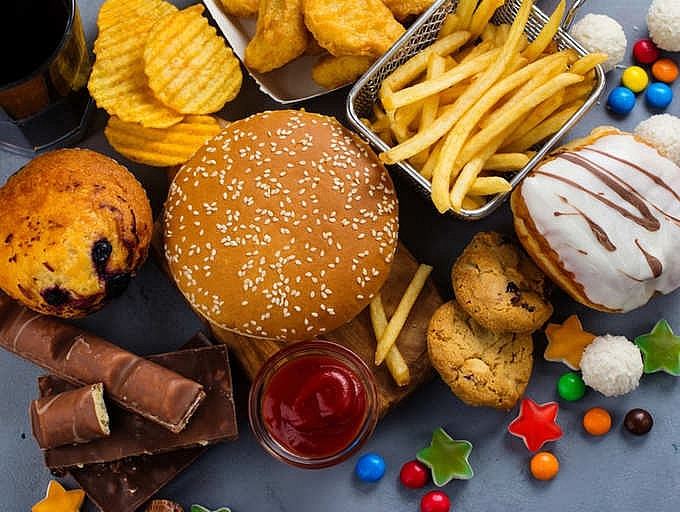 |
| Photo Times of India |
Calories are units of energy—also found in food— that keeps our bodies running. We use calories to perform every function, from breathing to running. And whatever isn't converted to energy is stored as fat unless we use them by eating fewer calories than our body requires, according to the Mayo Clinic.
Calories are the energy in food.
They fuel everything you do, from sleeping to running a marathon.
Calories can come from carbs, fat and protein.
Your body can use them to fuel work right away, or store them for later use.
Some calories can be stored as glycogen (carbs), but the majority is stored as body fat.
This article explains how many calories are in a pound of body fat.
What Is Body Fat?
Let’s take a moment to define what we mean by body fat. For starters, body fat is not just pure fat. Pure fat has a very high energy content, or about 9 calories per gram. This amounts to about 4,100 calories per pound of pure fat. However, body fat is not just pure fat. Body fat consists of fat cells, called adipocytes, which also contain some fluids and proteins in addition to fat. Therefore, the calorie content of body fat is going to be a bit less than the calorie content of pure fat, cited Today. |
| In general, we can assume that: One pound equals 454 grams. Pure fat contains 8.7–9.5 calories per gram. Body fat tissue is 87% fat. |
How do calories contribute to or affect weight loss?
 |
| Photo healthline |
In order to lose weight, you need to take in fewer calories than you burn, creating a deficit. “Past thinking used to have us believe that in order to lose one pound of fat per week we would have to have a deficit of 500 calories per day, either through food or exercise,” Tutrani says. However, recent findings question this concept, as this formula isn’t an exact science and there are numerous factors that contribute to weight loss.
“Factors such as hormone balance, like having too much of the fat-storing hormones insulin and leptin, low amounts of muscle mass, and a slower metabolism can make it difficult to lose weight,” Tutrani adds. “Even with the 500 calorie deficit.”
According to Parade, if you are trying to lose weight, you can track what you eat and drink using an app like Lose It! or MyFitnessPal. Estimate how many calories you need to maintain your current weight based on your activity level, and then compare the two numbers to determine a reasonable amount of calories that you can cut (or burn).
| Are all calories created equal? The answer to this question is no. While all foods contain calories, all calories are not the same. “Certain calories can be [and are] better than others,” Tutrani says. “100 calories of potato chips, for example, will store much more fat than 100 calories of broccoli. This is because real, fresh, whole foods contain more fiber and nutrients than their processed counterparts.” These foods are also digested more quickly. “Fruits, vegetables, lean proteins, and other like foods don’t just increase your metabolism, they keep you feeling more full and help decrease the release of fat-storing hormones.” “Processed foods, on the other hand, can make you hungry and increase the fat-storing hormones insulin and leptin, as well as cause inflammation in the body,” Tutrani adds. |
3,500 calories=1 pound: Is it true?
It has been believed that there are 3,500 calories in a pound, so therefore it would seem that if you reduce your diet by 500 calories a day, or exercise and burn off 500 calories a day (or any combo of the two), that you would lose a pound a week.
This is not, however, an exact science. When it comes to weight loss, there are many different variables to take into consideration including one’s metabolism.
The answer is: All calories are not the same
For example, a gram of carbohydrate has 4 calories and the same goes for a gram of protein. A gram of fat provides 9 calories. Carbohydrates generally digest the fastest, then protein and fat digest more slowly. Because each of these food groups impact metabolism differently helps to support that all calories are not alike.
It’s best to not just look at the number of calories you take in, but instead, focus on the kind of calories you’re consuming. A balance of the three is optimal.
The fact is: Label calorie counts are a guide, not gospel
Calorie counts on labels are permitted to have a 20 percent swing. It’s important to remember that the Percent Daily Values on the Nutrition Facts Panel is based upon a 2,000 calorie diet.
This amount is more calories than many of us need (those who are trying to lose weight) and not enough for others (young athletes).
It’s also important to point out that the calories listed on the food label indicates how many calories are in one serving of that particular food. If you’re watching your weight, you’ll need to be mindful of portion sizes you actually eat, multiplying the numbers on the package by the number of servings you consume.
READ MORE: Easy Steps to Chaffles - The Lowcarb Waffle for a Healthy Diet
How Many Calories In Different Food?
| Food Group | Carbohydrates (Grams) | Calories |
| Milk (higher % of simple carbohydrates; less nutrient dense) | ||
| Chocolate milk (1 cup) | 26 | 208 |
| Low fat (2%) milk | 12 | 121 |
| Pudding (any flavor) (1/2 cup) | 30 | 161 |
| Skim milk (1 cup) | 12 | 86 |
| Yogurt (fruit-flavored, low fat) (1 cup) | 42 | 225 |
| Yogurt (frozen, low fat) (1 cup) | 34 | 220 |
| Beans (higher % of complex carbohydrates; more nutrient dense) | ||
| Black eye peas (1/2 cup) | 22 | 134 |
| Garbanzo beans (chick peas) (1 cup) | 45 | 269 |
| Navy beans (1 cup) | 48 | 259 |
| Pinto beans (1 cup) | 44 | 235 |
| Refried beans (1/2 cup) | 26 | 142 |
| White beans (1 cup) | 45 | 249 |
| Fruits (higher % of simple carbohydrates; less nutrient dense) | ||
| Apple (1 medium) | 21 | 81 |
| Apple juice (1 cup) | 28 | 111 |
| Applesauce (1 cup) | 60 | 232 |
| Banana (1) | 27 | 105 |
| Cantaloupe (1 cup) | 14 | 57 |
| Dates (dried)(10) | 61 | 228 |
| Fruit Roll-Ups (1 roll) | 12 | 50 |
| Grapes (1 cup) | 28 | 114 |
| Grape Juice (1 cup) | 23 | 96 |
| Orange (1) | 16 | 65 |
| Orange Juice (1 cup) | 26 | 112 |
| Pear (1) | 25 | 98 |
| Pineapple (1 cup) | 19 | 77 |
| Prunes (dried)(10) | 53 | 201 |
| Raisins (1/2 cup) | 79 | 302 |
| Raspberries (1 cup) | 14 | 61 |
| Strawberries (1 cup) | 11 | 45 |
| Watermelon (1 cup) | 12 | 50 |
| Vegetables (higher % of complex carbohydrates; more nutrient dense) | ||
| Carrot (1 medium) | 8 | 31 |
| Corn (1/2 cup) | 21 | 89 |
| Beans, Lima (1/2 cup cooked) | 20 | 108 |
| Peas, green (1/2 cup) | 12 | 63 |
| Potato (1 large, baked, plain) | 50 | 220 |
| Sweet Potato (1 large) | 28 | 118 |
| Three-bean salad (1/2 cup) | 20 | 90 |
| Grains (higher % of complex carbohydrates; more nutrient dense) | ||
| Bagel (1) | 31 | 165 |
| Biscuit (1) | 13 | 103 |
| Breadsticks (2 sticks) | 15 | 77 |
| Bread (white)(1 slice) | 12 | 61 |
| Bread (whole wheat)(1 slice) | 11 | 55 |
| Cereal, ready to eat (1 cup) | 24 | 110 |
| Cookie (oatmeal raisin)(1) | 9 | 62 |
| Cornbread (1 square) | 28 | 178 |
| Cream of Rice (3/4 cup) | 21 | 95 |
| Cream of Wheat (3/4 cup) | 20 | 96 |
| English Muffin | 25 | 130 |
| Fig Bar (1) | 10 | 50 |
| Graham crackers (2 squares) | 11 | 60 |
| Granola bar (honey and oats) (1 ounce) | 19 | 125 |
| Hamburger bun (1) | 21 | 119 |
| Hot dog bun (1) | 21 | 119 |
| Noodles (spaghetti)(1 cup) | 34 | 159 |
| Oatmeal (1/2 cup) | 12 | 66 |
| Oatmeal, Quaker instant, flavored (1 packet) | 25 | 110 |
| Pancake (4 inch diameter) | 10 | 41 |
| Pizza (cheese)(1 slice) | 39 | 290 |
| Popcorn, plain (1 cup, popped) | 6 | 26 |
| Pretzels (1 ounce) | 21 | 106 |
| Rice, white (1 cup) | 50 | 223 |
| Rice, brown (1 cup) | 50 | 232 |
| Saltines (5 crackers) | 10 | 60 |
| Tortilla, flour (1) | 15 | 85 |
| TriscuitsTM (3 crackers) | 10 | 60 |
| Waffles (2, 3.5" x 5.5") | 17 | 130 |
The 500-Calorie Deficit Myth
It is a common myth that if you eat 500 fewer calories each day, or 3,500 fewer calories a week, you will lose one pound of fat each week.
This would equal a total of 52 pounds in a year.
However, the reality is very different.
The 500-calorie deficit myth significantly overestimates the potential weight loss that can be achieved over a period of time.
This estimate seems to work fairly well in the short term, for moderate weight loss in overweight and obese people. But it falls apart in the long term, and sets people up for failure and disappointment.
What this myth fails to account for is the body’s response to the changes in body composition and diet.
When you reduce calorie intake, your body responds by making you burn fewer calories. You start moving around less, and the body becomes more efficient. It does the same amount of work, but uses fewer calories than before.
You may also lose muscle mass along with the fat, which also makes you burn fewer calories.
This is often called starvation mode, although the technical term is “adaptive thermogenesis”.
Weight loss is not a linear process, and typically slows down over time.
So how should you lose weight?
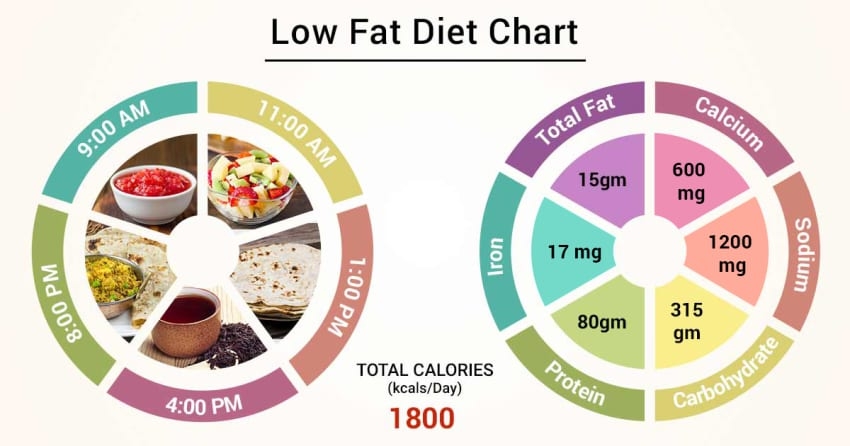 |
| Photo lybrate |
First, determine how many calories you're already eating per day by tracking what you eat and drink using an app like Lose It!, MyFitnessPal, or MyPlate.
Then, estimate how many calories you need to maintain your weight based on your activity level. You can use the Bodyweight Planner or read how to do this yourself.
Compare the two numbers and determine a reasonable amount of calories to cut each day. How much weight you can safely lose per week depends on a variety of factors, including activity level, starting weight, and genetics, but experts say it's best not to lose more than 1-2 pounds per week.
Keep in mind that muscle mass, hormones, and sleep also determine weight—so don't obsess over numbers.
"The idea of calories in and calories out is absolutely the backbone of weight loss," Bethany Doerfler, MS, RDN, Clinical Dietitian at Northwestern University, previously told Men's Health. "But metabolism and weight loss are so much more complex than that."
| The most important thing is finding a diet that best suits your lifestyle. Cutting calories requires change but doesn't have to be difficult. These changes can have a big impact on the number of calories you consume: Skipping high-calorie, low-nutrition items Swapping high-calorie foods for lower calorie options Reducing portion sizes. |
Saving calories by cutting high-calorie, low-nutrition items
 |
| Photo Diet |
Skipping one or two high-calorie items is a good place to start when cutting calories. For example, you could skip your morning latte, soda at lunch or that bowl of ice cream you always have after dinner.
Think about what you eat and drink each day and identify items you could cut out. If you think that skipping your indulgence will leave you with a craving, try a low-calorie substitution.
| Healthier options recommeded by Mayoclinic | ||||
|---|---|---|---|---|
| Instead of ... | Calories* | Choose ... | Calories* | |
| *Actual calories may vary by brand. | ||||
| Flavored latte, 8 oz. (250 g) | 134 | Black coffee, 8 oz. (250 g) | 0 | |
| Chocolate ice cream, 1 cup (135 g) | 292 | Strawberries, 1 cup (150 g) | 48 | |
| Lemon-lime soda, 16 oz. (491 g) | 201 | Sparkling water, 16 oz. (491 g) | 0 | |
Proportion size:
| Typical portion | Calories* | Standard serving | Calories* |
|---|---|---|---|
| *Actual calories may vary by brand. | |||
| Orange juice, 8 oz. (248 g) | 120 | Orange juice, 4 oz. (124 g) | 60 |
| Buttermilk pancake, 6-inch diameter (77 g) | 175 | Buttermilk pancake, 4-inch diameter (38 g) | 86 |
| Whole-grain pasta, cooked, 2 cups (280 g) | 414 | Whole-grain pasta, cooked, 1/2 cup (70 g) | 103 |
Tips to lose weight
Start small. At the beginning of a meal, take slightly less than what you think you'll eat. If you're still hungry, eat more vegetables or fruit.
Eat from plates, not packages. Eating directly from a container gives you no sense of how much you're eating. Seeing food on a plate or in a bowl keeps you aware of how much you're eating. Consider using a smaller plate or bowl.
Check food labels. Be sure to check the Nutrition Facts panel for the serving size and number of calories per serving. You may find that the small bag of chips you eat with lunch every day, for example, is two servings, not one, which means twice the calories you thought.
Use a calorie counter. Check out reputable resources that offer tools to count calories, such as websites or smartphone applications.
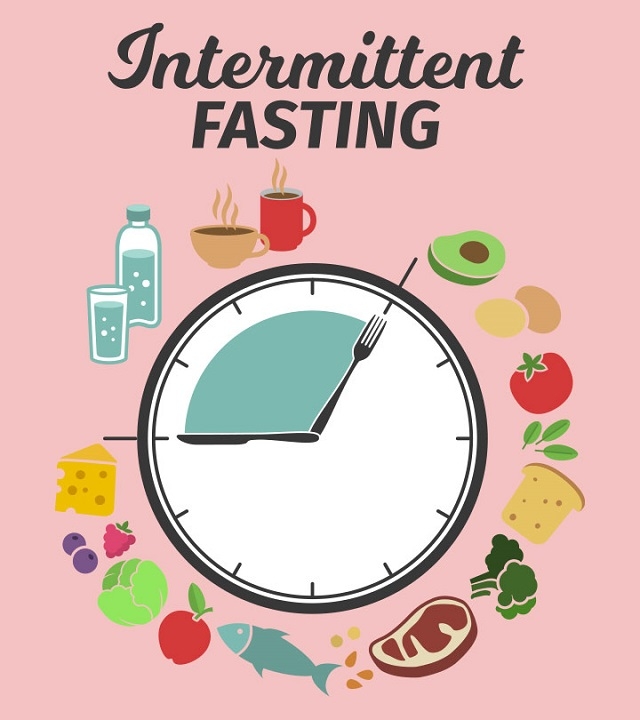 Is Intermittent Fasting Best Way to Lose Weight? New Study Reveals The Truth Is Intermittent Fasting Best Way to Lose Weight? New Study Reveals The Truth Intermittent fasting has grown in popularity as a quick way to shed pounds, but a new study finds this dieting approach may not be as ... |
 Best WAYS to Lose Weight by Doing Exercise? Best WAYS to Lose Weight by Doing Exercise? Aside from dieting, exercising is one of the most common strategies employed by those trying to shed extra pounds. It burns calories, and this plays ... |
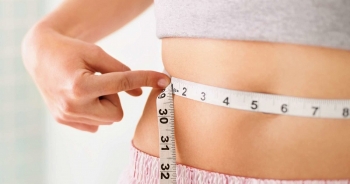 7 useful TIPS to Lose Weight for Women! 7 useful TIPS to Lose Weight for Women! Losing weight is never easy and there’s no one tip that’s going to change that. However, by following these below tips regularly, your weight ... |


